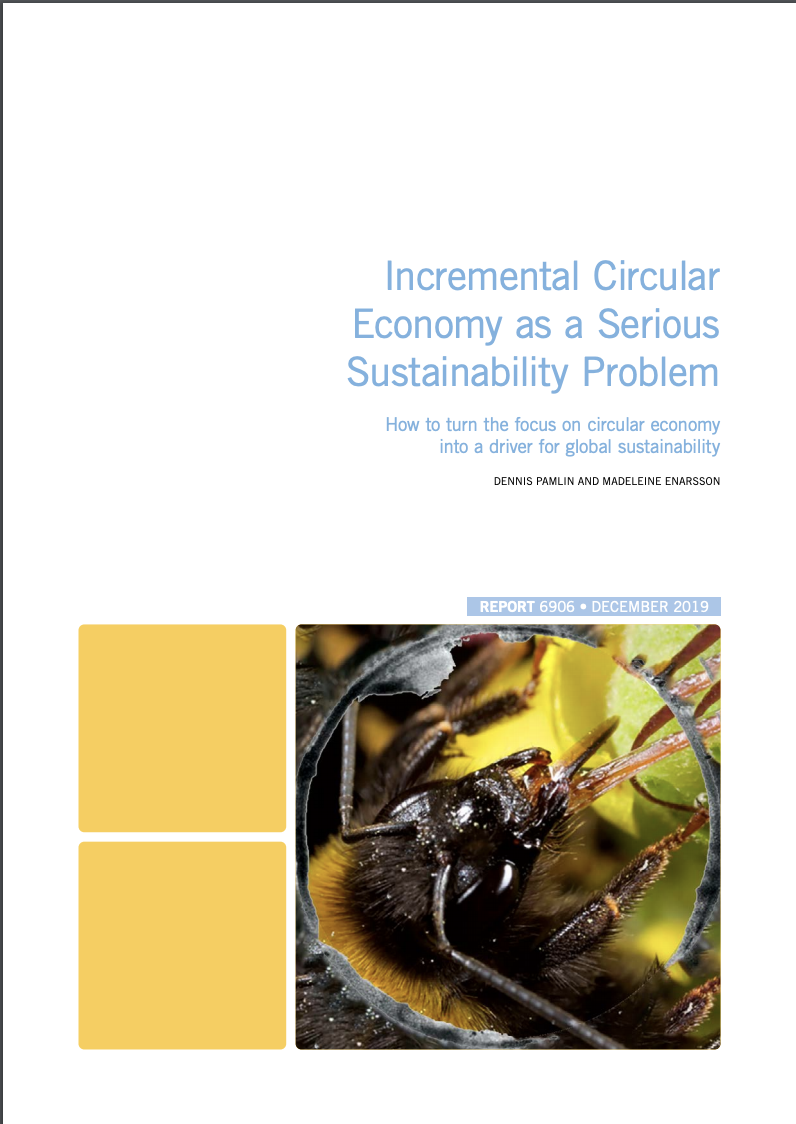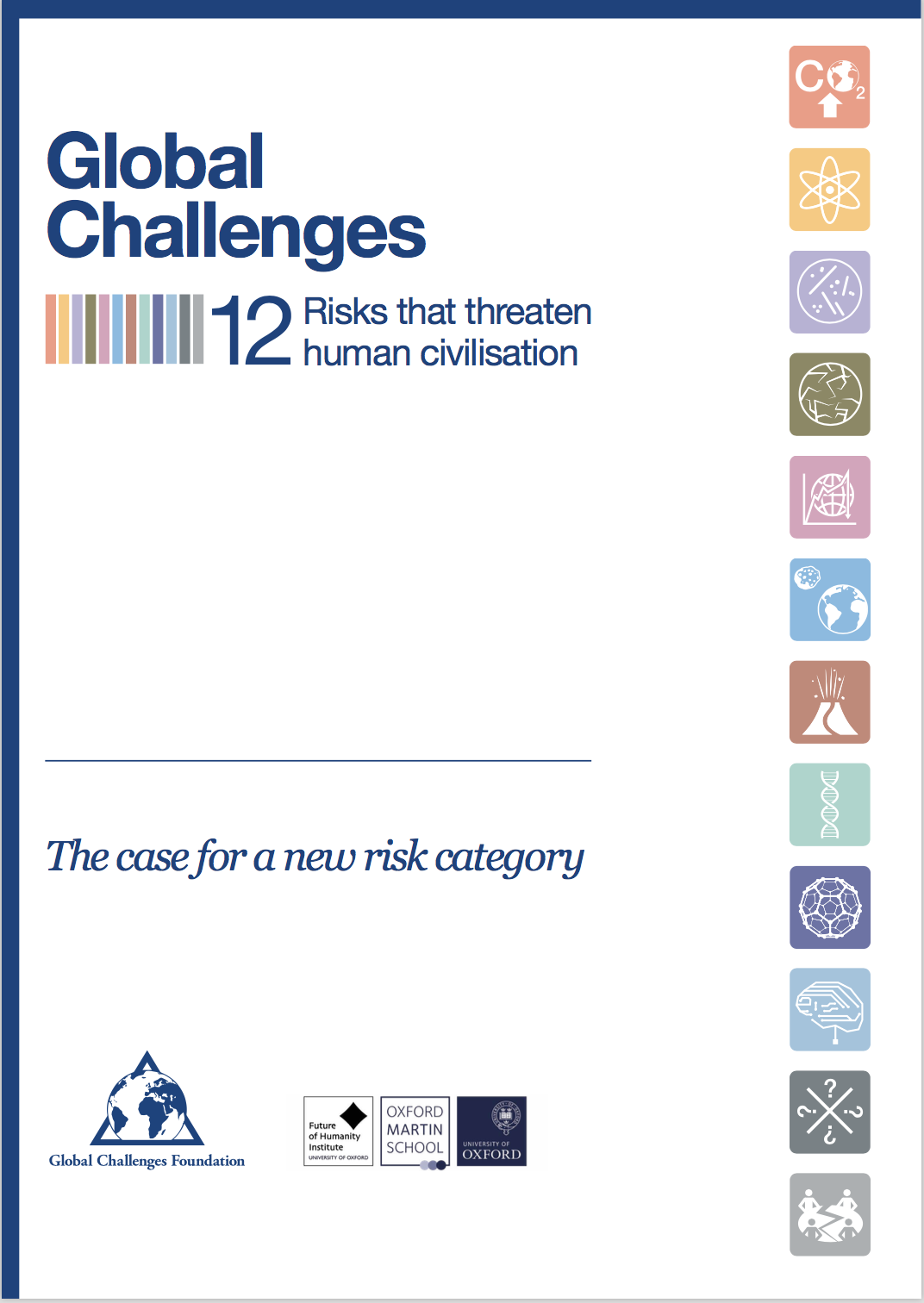Role: author with Eric Drexler
Summary
The world faces unprecedented global challenges related to depleting natural resources, pollution, climate change, clean water, and poverty. These problems are directly linked to the physical characteristics of our current technology base for producing energy and material products. Deep and pervasive changes in this technology base can address these global problems at their most fundamental, physical level,
by changing both the products and the means of production used by 21st century civilization. The key development is advanced, atomically precise manufacturing (APM).
This report examines the potential for nanotechnology to enable deeply transformative production technologies that can be developed through a series of advances that build on current nanotechnology research. The report has ve sections:
1. Nanotechnology and global challenges
The first section discusses the basics of advanced, atomically precise nanotechnology and explains how current and future solutions can help address global challenges. Key concepts are presented and different kinds of nanotechnology are discussed and compared.
2. The birth of Nanotechnology
The second section discusses the development of nanotechnology, from the first vision fifty years ago, expanding via a scientific approach to atomically precise manufacturing thirty years ago, initial demonstrations of principle twenty years ago, to the last decade of accelerating success in developing key enabling technologies. The important role of emerging countries is discussed, with China as a leading example, together with an overview of the contrast between the promise and the results to date.
3. Delivery of transformative nanotechnologies
Here the different aspects of APM that are needed to enable breakthrough advances in productive technologies are discussed. The necessary technology base can be developed through a series of coordinated advances along strategically chosen lines of research.
4. Accelerating progress toward advanced nanotechnologies
This section discusses research initiatives that can enable and support advanced nanotechnology, on paths leading to APM, including integrated cross-disciplinary research and Identi cation of high-value applications and their requirements.
5. Possible next steps
The final section provides a short summary of the opportunities and the possibilities to address institutional challenges of planning, resource allocation, evaluation, transparency, and collaboration as nanotechnology moves into its next phase of development: nanosystems engineering.
Download the full report
































